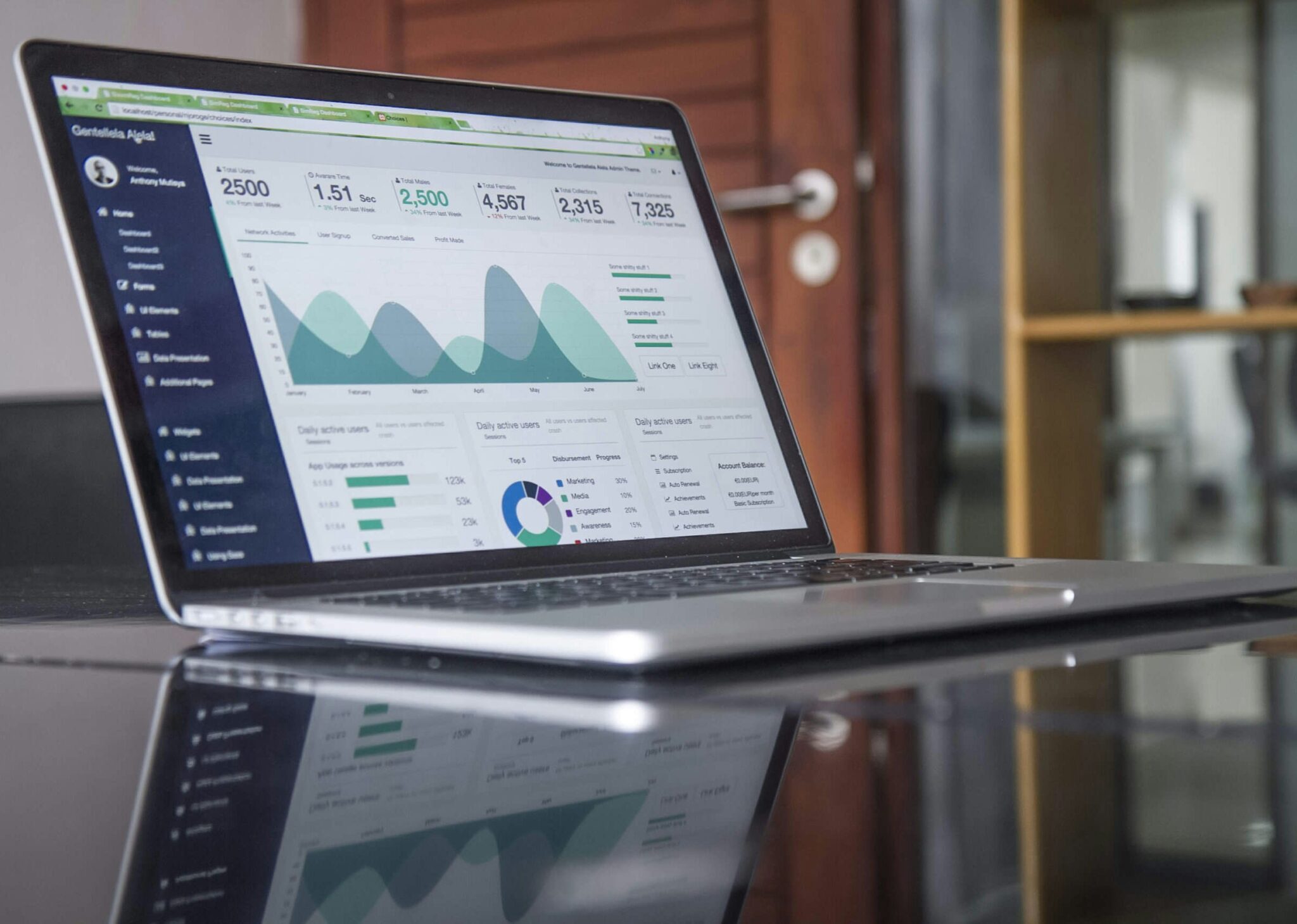
Why a Holistic View of Lean Impact Charts a Better Course
Posted by Jayson Denham
Jun 10, 2025 5:13:23 PM
Welcome! If you’re steering a Lean program, you’re already committed to improvement. But are you navigating with a full view of the horizon?
This guide and checklist are designed to help you look beyond the immediate wake of your Lean activities and truly assess their holistic impact – on your customers, your employees, and the overall health and resilience of your business.
Introduction
Traditionally, many Lean programs are either heavily focused on training people and little return is recognized or the approach is only supported if a quantifiable ROI is approved.
At Sailrs, we believe in a balanced Lean approach: one that achieves tangible results while simultaneously developing your people and strengthening your operational core. This means understanding success across three interconnected pillars.
Customer Value
How are your Lean efforts making a real difference to those you serve?
Overall Business Strength
How are your initiatives improving operational flow, financial health, and the adaptability of your entire vessel?
Empowerment & Engagement
How is Lean building a stronger, more capable, and more motivated crew?
This guide will help you explore these pillars, followed by a checklist to assess where your current Lean measurement practices stand, helping you identify opportunities to chart an even more impactful course.

The Three Pillars of Holistic Lean Impact:
Charting Value Across Your Organization
Pillar 1: Enhancing Customer Value & Satisfaction
What it's means
Moving beyond internal efficiencies to focus on what your customer truly values – superior quality, reliable and faster delivery, responsive service, innovative solutions tailored to their needs, and a seamless experience.
Why it's crucial
Loyal customers are the bedrock of sustainable business. Lean efforts that enhance customer value create a powerful competitive differentiator and drive growth.
Guiding Question
– How do our Lean projects directly address known customer pain points or desires?
– Are we measuring impact on lead times from the customer’s perspective?
– How is product/service quality perceived and improved through Lean?
– Do we gather customer feedback specifically related to the outcomes of our improvement initiatives?
Pillar 2: Fostering Employee Engagement & Capability
What it's means
Recognizing that your people are the engine of Lean. This includes improving their daily work by reducing frustration and waste, enhancing safety, building new skills and problem-solving capabilities, fostering a sense of ownership, and boosting morale.
Why it's crucial
An engaged and empowered workforce is more innovative, more proactive in identifying improvements, and more committed to sustaining changes. This builds true Lean capacity from within.
Guiding Question
– How do our Lean initiatives reduce employee frustration or difficult work?
– Are employees actively involved in designing and implementing improvements that affect their work?
– Do we see an increase in skills or problem-solving abilities post-Lean initiatives?
– How is employee morale, satisfaction, or retention impacted by our Lean culture?
Pillar 3: Strengthening Overall Business Performance & Resilience
What t's means
This encompasses operational excellence (smoother flow, reduced bottlenecks, improved productivity) and robust financial health (better cash flow, optimized resource use, sustainable cost efficiencies), as well as increased business agility and innovation.
Why it's crucial
This is the ship itself – ensuring it’s fast, efficient, adaptable to changing seas, and financially sound, enabling it to pursue its strategic objectives.
Guiding Question
– How do Lean projects improve our operational flow (e.g., lead time, cycle time, throughput)?
– What is the impact on inventory levels, resource utilization, or waste reduction (material, energy)?
– How do our Lean efforts contribute to better cash flow or overall cost-effectiveness (without negatively impacting other pillars)?
– Are we seeing an increase in our ability to innovate or adapt to market changes as a result of Lean?
From Activity Logs to Impact Compasses:
Connecting Lean Work to Holistic Value
It’s easy to track the completion of a Kaizen event or the number of 5S audits. It’s more challenging, yet far more valuable, to track the impact these activities have on your customers, employees, and business. This requires:
Clear Objectives Upfront
Before launching any Lean initiative, define the expected holistic impact. What specific customer, employee, and business outcomes are you aiming for?
Balanced Metrics
Identify a mix of leading and lagging indicators across all three pillars. This includes both quantitative data (e.g., defect rates, OEE, survey scores) and qualitative insights (e.g., customer testimonials, employee feedback).
Embedding Measurement into the Process
Don’t wait until the end. Build in checkpoints to assess progress towards the desired holistic impact.
Fostering a Culture of Impact Awareness
Encourage teams to think beyond tasks to the why – the value they are creating. Regular reviews of impact (not just activity) by leadership and teams reinforce this.
Assessing Your Lean Program's Holistic Impact Visibility
- This checklist is a tool for reflection and discussion.
- Use it individually or with your team to honestly assess how your current Lean program measures up in terms of tracking and achieving holistic impact.
- For each statement, consider whether it’s fully in place (Yes), partially addressed (Partially), or not currently a focus (No).

Time's up
